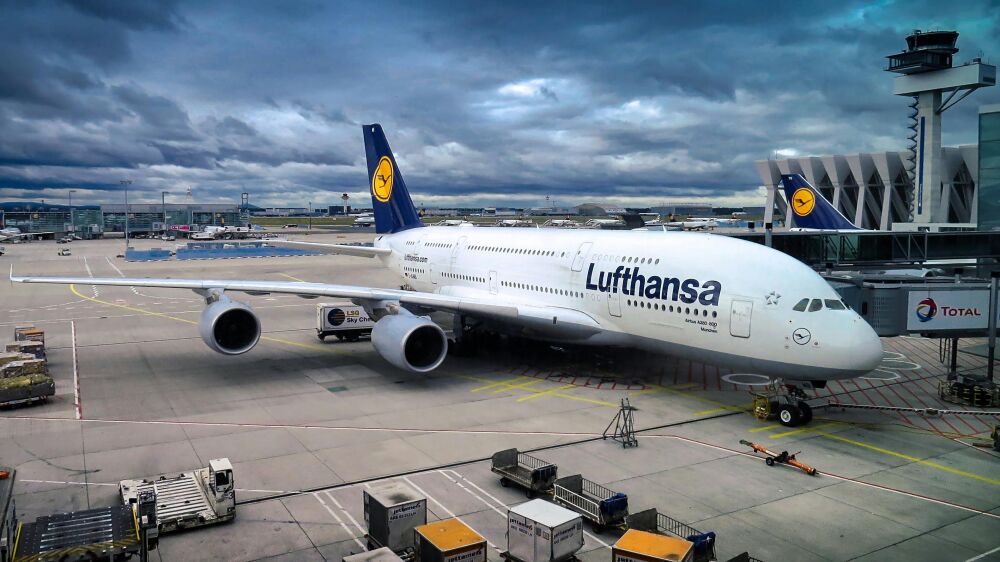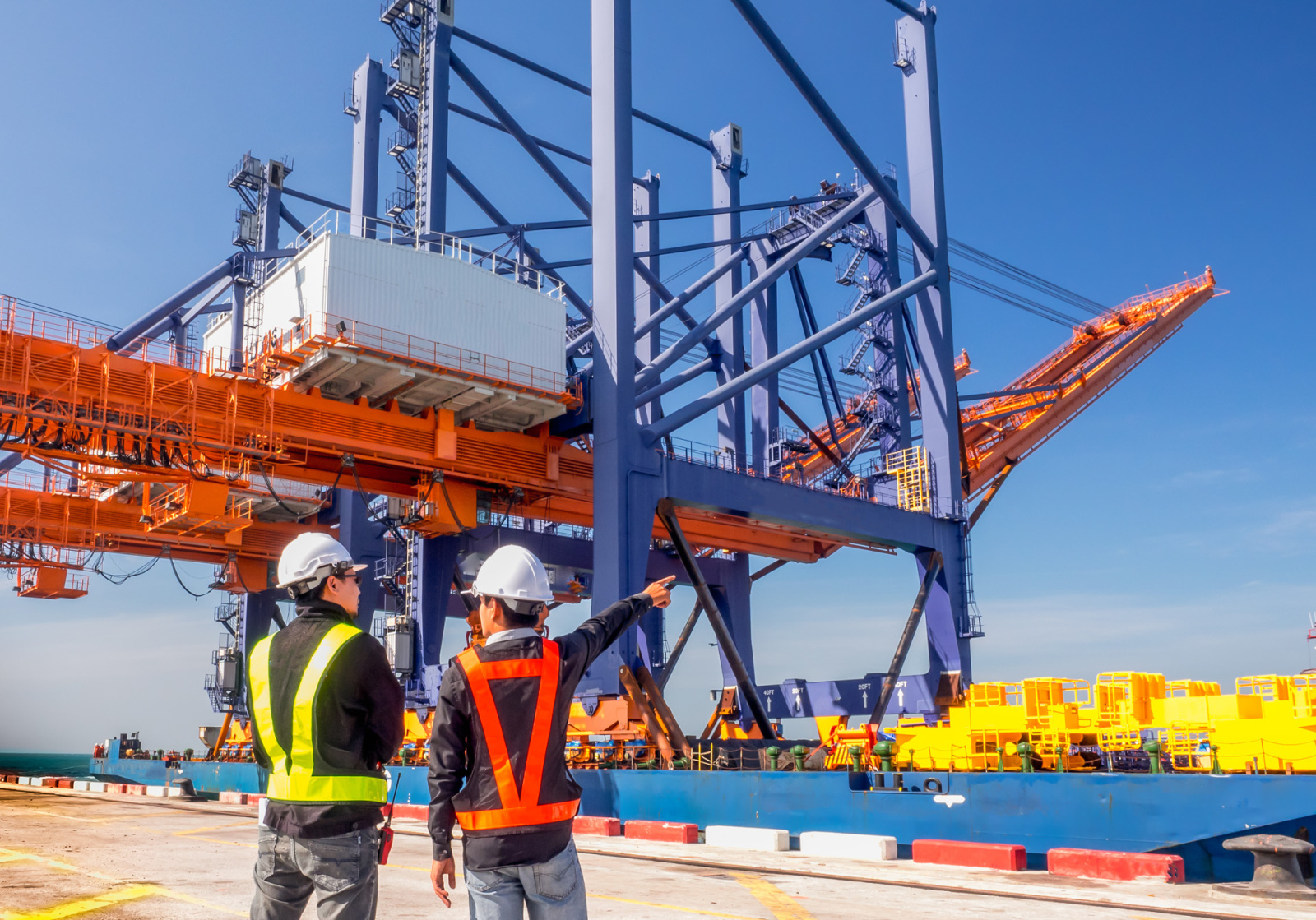
10x answers to the most important freight questions
Tarun Kumar
Business Head
Apr 24, 2024
When you start importing or exporting, a lot comes your way. Procedures, multiple parties with a stake in the logistics chain of your goods. Naturally, there are moments when you start asking yourself questions.
We have conducted an internal survey on the most critical questions regarding the logistics chain. Or at least the questions that are asked most frequently.
1. What is the difference between FCL and LCL?
A logical question if you need to become more familiar with the terms. Let's start with FCL, which stands for Full Container Load. Literally, it means using a full container to transport your goods.
Then LCL, which stands for Less than Container Load. In logistics, we refer to this as a "less than truckload" shipment. This means that a full container does not need to be used to transport your goods.
In the blog "The pros and cons of LCL shipping," we will delve deeper into LCL shipments.
Pros/cons of LCL
2. What is a Telex release?
Transporting goods is done with the accompaniment of a freight document. For the most commonly used mode of transportation, sea freight, this freight document is called a Bill of Lading (often referred to as B/L).
The term "telex release" refers to when notifications, as described above, were sent via the fax machine or telex.
Regarding a "telex release," the receiving party does not need to submit an original Bill of Lading to release the goods. This may be because the shipper has submitted the original B/L at the loading port or after requesting the release to be processed without presenting the original B/L.
3. What is an HS code?
All goods produced worldwide are classified in a system that makes it easier to determine precisely what goods are involved. It also helps determine if and how much import duties apply. It can also indicate if other measures, such as providing a certificate, need to be taken.
The system used is (almost) the same for all countries in the world. The term "HS-code" stands for Harmonized System. The code consists of 8 or 10 digits and must be filled in when preparing customs documentation.
4. What should I do when I notice damage upon unloading?
Detecting damage during the unloading of your shipment is an unwelcome surprise that no one wants. Unfortunately, it can never be completely ruled out. Something can always happen during transportation. Choosing seaworthy packaging for your goods reduces the risk, but what should you do if you still notice damage?
If you have a whole container in front of your door, you immediately stop unloading and take photos of the cargo. You have yet to open any packaging; this will come later.
It is essential for the insurer that you document the condition in which you found the goods. Claiming that your items arrived in a container while sending a photo of an unpacked product does not make sense to anyone.
If your shipment is delivered as a less-than-container load (LCL), and you see that the packaging doesn't look quite right anymore, you should also take photos from all angles. Additionally, you should note on the bill of lading carried by the carrier that you have noticed damage. You should only sign for receipt after writing down the damage on the bill of lading.
5. Can I combine shipments from different suppliers?
At Berkman Forwarding, we always say that anything is possible, so we also say yes to combining different shipments!
It is called a buyer's consolidation when you order smaller quantities from multiple suppliers with enough volume to fill a container. In this case, multiple less-than-container-load shipments are brought to a warehouse, where they are loaded into one container. The container is then delivered to your doorstep.
6. When is it better to book FCL instead of LCL?
When you order goods but don't have enough to fill a full container, it may be interesting to book LCL. We often get asked when it is better to book LCL.
Of course, this is a good question, but it is best to ask it when you want to place an order with your supplier(s). Why? The prices that are circulating in the market fluctuate quite a bit. We prefer to calculate the so-called "break-even point" when you are concrete. That way, you always have an accurate view of the possibilities.
One small note we always mention when you ask this question: when transporting your goods in a full container, there are always fewer people handling your items. When transporting consolidated cargo, at least two additional handling operations in the warehouse (loading and unloading ports) are required to transport your goods from A to B.
7. Do I need to insure my cargo?
In short, yes! Not insuring your shipment means there is only minimal coverage in case of damage or loss, and you will not be fully compensated for the damage.
Of course, there are cases where the carrier's insurance is responsible, not yours. This applies to cases of gross negligence. However, proving that someone in the logistics chain has been negligent with your goods is a time-consuming (and therefore expensive) process.
8. What are Incoterms?
Incoterms are international trade terms published by the International Chamber of Commerce (ICC). The purpose of Incoterms is simple: to simplify international trade and help buyers and sellers navigate the commercial process (and everything that comes with it).
9. How quickly can my shipment be delivered after arrival?
This is a question we often receive at our import department. It's understandable, as you want to have your shipment quickly, and you also have obligations towards your customers.
For full containers, this is easier than for LCL shipments, as the container does not need to go through a warehouse first to unload your shipment. The delivery of a container depends on when it is unloaded from the ship and when the customs declaration is completed.
Unfortunately, we can never rule out the possibility of congestion in a port that may cause delays to your goods. However, we can always provide a realistic estimate based on a normal situation and depending on the loading and unloading port.
10. What is the difference between taxable weight and actual weight?
In logistics, it is pretty standard for the weight displayed on the scale to differ from the weight a logistics service provider charges you. This has to do with the relationship between weight and volume. Weight is essential for a carrier, but also how it relates to space.
An example? Let's say you have a shipment with relatively light products that take up much space when combined. In this case, being charged based on weight would benefit you, but it means a loss for the carrier because they can now transport less.
Clearer now? Okay, a kilogram of feathers takes up much more space than a kilogram of steel.
Want to learn more? Need help?
Want to know even more?
And? Did your question appear here? If your question still needs to be answered after reading this article, you know what to do. Exactly. Get in touch!
Related blogs

Incoterms: What Are They? And How Do You Use Them?

The Advantages and Disadvantages of LCL Shipments

Opting for Train Transportation: When Is It the Right Choice?

What are the benefits of air freight? And when do you choose it?

Getting started with imports

Transport Documents








